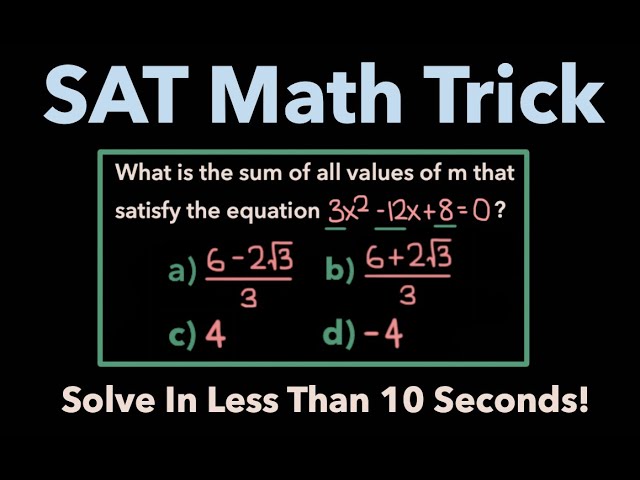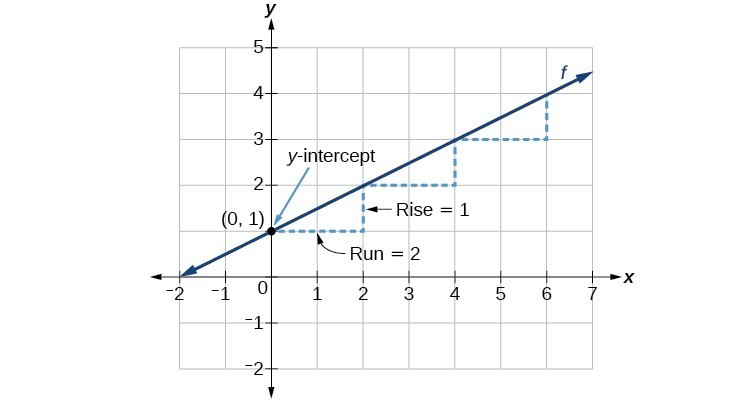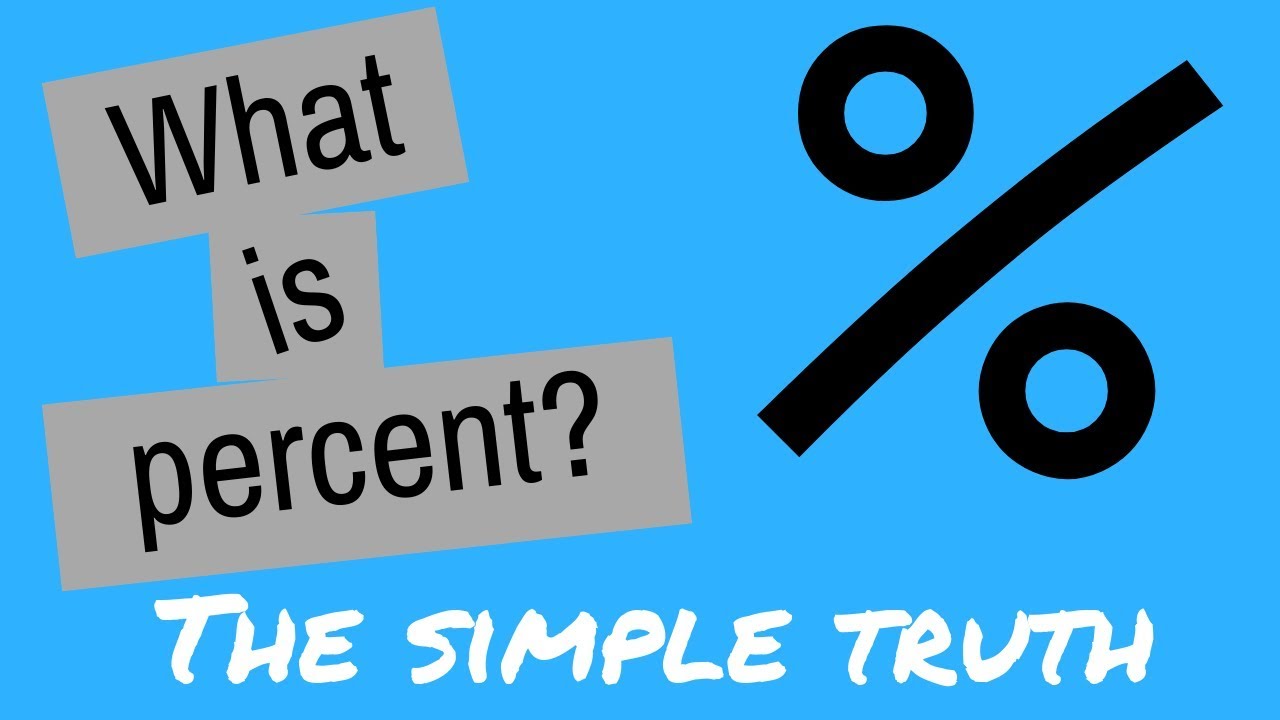SAT Math – Algebra
Solving Linear Equations & Inequalities
Linear equations and inequalities form the foundation of SAT Algebra, appearing on approximately 80% of SAT math tests. These questions test your ability to isolate variables, interpret solutions in context, and work with both single-value solutions and solution ranges.
Core Definitions
Linear Equation
An equation that can be written in the form \(ax + b = c\), where \(a\), \(b\), and \(c\) are real numbers and \(a \neq 0\). The graph is a straight line, and the solution is a specific value (or values) that makes the equation true.
Example: \(3x - 7 = 11\)
Linear Inequality
An inequality that can be written using \(<\), \(>\), \(\leq\), or \(\geq\) instead of an equals sign. The solution is a range of values rather than a single value.
Example: \(2x + 5 \leq 13\)
Types of Solutions
- One solution: A unique value satisfies the equation (most common)
- No solution: The equation simplifies to a false statement (e.g., \(5 = 3\))
- Infinitely many solutions: The equation is an identity (e.g., \(2x + 4 = 2(x + 2)\))
Key Formulas & Properties
Addition/Subtraction Property
If \(a = b\), then \(a + c = b + c\) and \(a - c = b - c\)
Add or subtract the same value from both sides without changing the equality.
Multiplication/Division Property
If \(a = b\) and \(c \neq 0\), then \(ac = bc\) and \(\frac{a}{c} = \frac{b}{c}\)
Multiply or divide both sides by the same non-zero value.
Distributive Property
\(a(b + c) = ab + ac\)
Essential for expanding expressions with parentheses.
⚠️ Critical Inequality Rule
When multiplying or dividing by a negative number, reverse the inequality sign!
Example: \(-2x < 6\) becomes \(x > -3\) after dividing by \(-2\)
Common Pitfalls & Tips
❌ Forgetting to flip the inequality sign
The #1 mistake on SAT inequalities. Always remember: dividing or multiplying by a negative reverses \(<\) to \(>\) and vice versa.
❌ Distribution errors
When distributing a negative: \(-(3x - 5) = -3x + 5\), NOT \(-3x - 5\). Distribute to every term inside the parentheses.
❌ Combining unlike terms
You can only combine terms with the same variable and exponent: \(3x + 5x = 8x\), but \(3x + 5y\) cannot be simplified.
❌ Sign errors with fractions
When solving \(\frac{x}{-3} = 5\), multiply both sides by \(-3\) to get \(x = -15\). Track negative signs carefully.
✓ Pro Tip: Always verify your solution
Substitute your answer back into the original equation. This catches arithmetic errors and ensures your solution is correct.
✓ Pro Tip: Isolate the variable systematically
Move all terms with the variable to one side and constants to the other. Work methodically: handle addition/subtraction first, then multiplication/division.
Fully Worked SAT-Style Examples
Solve for \(x\): \(3x - 7 = 11\)
Solution:
Step 1: Add 7 to both sides
\(3x - 7 + 7 = 11 + 7\)
\(3x = 18\)
Step 2: Divide both sides by 3
\(\frac{3x}{3} = \frac{18}{3}\)
\(x = 6\)
Verification:
\(3(6) - 7 = 18 - 7 = 11\) ✓
Answer: \(x = 6\)
Solve for \(x\): \(5x + 8 = 2x + 20\)
Solution:
Step 1: Subtract \(2x\) from both sides
\(5x - 2x + 8 = 2x - 2x + 20\)
\(3x + 8 = 20\)
Step 2: Subtract 8 from both sides
\(3x = 12\)
Step 3: Divide both sides by 3
\(x = 4\)
Verification:
\(5(4) + 8 = 20 + 8 = 28\)
\(2(4) + 20 = 8 + 20 = 28\) ✓
Answer: \(x = 4\)
Solve for \(x\): \(\frac{2x}{3} + 5 = 11\)
Solution:
Step 1: Subtract 5 from both sides
\(\frac{2x}{3} = 6\)
Step 2: Multiply both sides by 3
\(2x = 18\)
Step 3: Divide both sides by 2
\(x = 9\)
Verification:
\(\frac{2(9)}{3} + 5 = \frac{18}{3} + 5 = 6 + 5 = 11\) ✓
Answer: \(x = 9\)
Solve for \(x\): \(4(x - 3) = 2x + 6\)
Solution:
Step 1: Apply the distributive property
\(4x - 12 = 2x + 6\)
Step 2: Subtract \(2x\) from both sides
\(2x - 12 = 6\)
Step 3: Add 12 to both sides
\(2x = 18\)
Step 4: Divide both sides by 2
\(x = 9\)
Verification:
\(4(9 - 3) = 4(6) = 24\)
\(2(9) + 6 = 18 + 6 = 24\) ✓
Answer: \(x = 9\)
Solve for \(x\): \(3x + 7 > 22\)
Solution:
Step 1: Subtract 7 from both sides
\(3x > 15\)
Step 2: Divide both sides by 3 (positive, so inequality stays the same)
\(x > 5\)
Answer: \(x > 5\)
Interpretation: All values greater than 5 satisfy this inequality. In interval notation: \((5, \infty)\)
Solve for \(x\): \(-4x + 9 \leq 21\)
Solution:
Step 1: Subtract 9 from both sides
\(-4x \leq 12\)
Step 2: Divide both sides by \(-4\) — FLIP THE INEQUALITY SIGN!
\(x \geq -3\)
(The \(\leq\) becomes \(\geq\) when dividing by negative)
Answer: \(x \geq -3\)
Interpretation: All values greater than or equal to \(-3\) satisfy this inequality. In interval notation: \([-3, \infty)\)
A gym charges a one-time registration fee of $50 plus $30 per month for membership. If Sarah has paid a total of $290, for how many months has she been a member?
Solution:
Step 1: Set up the equation
Let \(x\) = number of months
Total cost = Registration fee + (Monthly fee × number of months)
\(50 + 30x = 290\)
Step 2: Subtract 50 from both sides
\(30x = 240\)
Step 3: Divide both sides by 30
\(x = 8\)
Verification:
\(50 + 30(8) = 50 + 240 = 290\) ✓
Answer: Sarah has been a member for 8 months.
Solve for \(x\): \(3(x + 2) = 3x + 8\)
Solution:
Step 1: Apply the distributive property
\(3x + 6 = 3x + 8\)
Step 2: Subtract \(3x\) from both sides
\(6 = 8\)
This is a false statement! \(6\) does not equal \(8\).
Answer: No solution
When variables cancel and you get a false statement, the equation has no solution.
Solve for \(x\): \(2(3x - 4) = 6x - 8\)
Solution:
Step 1: Apply the distributive property
\(6x - 8 = 6x - 8\)
Step 2: Subtract \(6x\) from both sides
\(-8 = -8\)
This is always true! \(-8\) always equals \(-8\).
Answer: Infinitely many solutions (all real numbers)
When variables cancel and you get a true statement, the equation is an identity with infinitely many solutions.
Marcus needs to score at least 85 on his final exam to maintain a B average. He currently has scores of 78, 82, and 88 on his three previous exams. If all four exams are weighted equally, what inequality represents the scores Marcus needs on his final exam?
Solution:
Step 1: Set up the inequality
Let \(x\) = score on final exam
Average of all four exams must be at least 85:
\(\frac{78 + 82 + 88 + x}{4} \geq 85\)
Step 2: Simplify the numerator
\(\frac{248 + x}{4} \geq 85\)
Step 3: Multiply both sides by 4
\(248 + x \geq 340\)
Step 4: Subtract 248 from both sides
\(x \geq 92\)
Answer: \(x \geq 92\)
Interpretation: Marcus needs to score at least 92 on his final exam to maintain a B average.
Quick Reference Guide
✓ Always Remember
- What you do to one side, do to the other
- Flip inequality when dividing/multiplying by negatives
- Verify your solution by substituting back
- Check if your answer makes sense in context
⚡ SAT Strategy Tips
- Define variables clearly in word problems
- Work systematically: simplify, combine, isolate
- Watch for "at least" (\(\geq\)) vs "greater than" (\(>\))
- Double-check arithmetic with fractions
SAT Test Day Tip: Linear equations and inequalities appear on approximately 35% of SAT Math questions. Master these fundamental skills to build confidence and accuracy throughout the entire algebra section.


